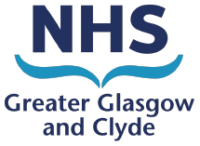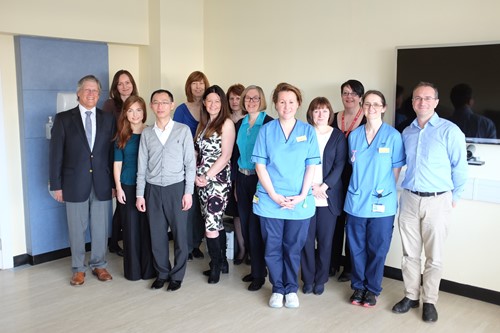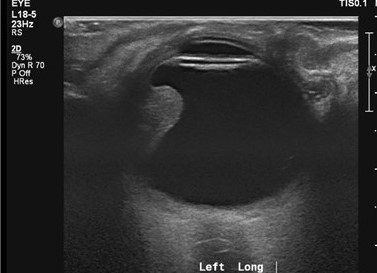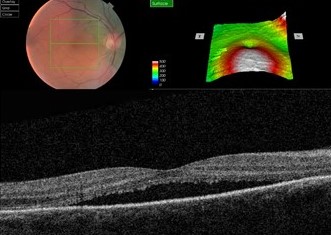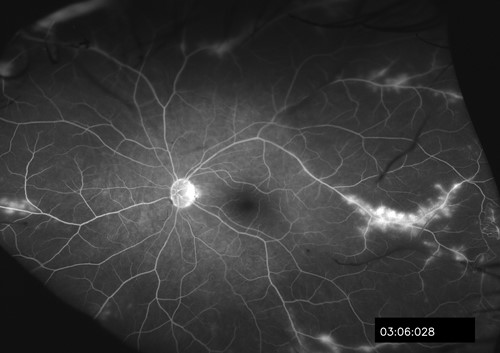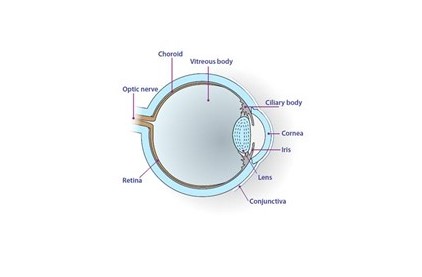Summary Report: The Health Benefits of Financial Inclusion
Addressing financial exclusion is a priority for health service providers because it has the potential to reduce health inequalities and tackle the social determinants of ill-health. People living with long term ill-health or disability are more likely to be living in poverty, a key factor in poorer health outcomes. The NHS has contact with people as part of their rehabilitation and self care pathway and therefore an opportunity to support people’s wider social needs.
To develop an inequalities sensitive health service NHSGGC wishes to skill health practitioners to understand the social issues and structural inequalities facing their patients, support patients with these and have the capacity to refer them to appropriate services. Current evidence shows that the health inequality gap is widening and the current economic downturn is likely to worsen the situation for our most deprived communities and excluded groups; including women, black and minority ethnic people, disabled people, homeless people, refugees and asylum seekers. Financial exclusion is a growing concern in this context and so more needs to be known about the role of financial inclusion interventions in improving health.
About the Review
To date, NHSGGC has piloted a number of financial inclusion initiatives. A Financial Inclusion Group has been established to draw lessons from current practice and mainstream good practice in a sustainable way. It has developed an action plan, which it reviews regularly. To inform the work of the Financial Inclusion Group, the Scottish Poverty Information Unit (Glasgow Caledonian University) was commissioned to conduct a literature review. The broad aim of the review was to summarise the health benefits of financial inclusion identified in existing research and involved:
- A review of evidence of the health and quality of life impacts of financial inclusion initiatives, with particular reference to collating evidence of NHS-based interventions & the health benefits of these
- Exploring models of practice and learning to improve practice and identify evidence of the tools and barriers that exist
- Reviewing research methods used in existing studies
- Development of recommendations about future policy, practice and research
The research team undertook a Rapid Evidence Assessment (REA). REAs provide a balanced assessment of what is already known about a policy or practice issue. The method is appropriate for this review because the policy area is relatively new and there are few existing studies. It focused on English language sources and data, and on reports published in the last 10 years, with an emphasis on UK studies.
Key Findings
This review identified 16 key studies or journal articles which have reported health and social outcomes of financial inclusion interventions. It is clear that NHS has long recognised the value of improving access to welfare benefits and income maximisation in tackling health inequalities. Initiatives that tackle the broader issues relating to financial exclusion, such as financial awareness or financial capability are relatively recent. Many of these new initiatives remain at the early stages and few have been evaluated, particularly for their impact on health. This presents opportunities for future evaluation and research to explore the health impacts of these approaches.
All 16 of the studies identified discuss heath impacts of advice provision. Only two evaluated additional approaches including financial exclusion awareness raising sessions, money management guidance, or development activities. The studies generally focused on the provision of welfare benefits advice including income maximisation work. However, Citizens Advice Bureaux (CAB) and many other advice services advise clients on a range of social, legal and welfare rights issues (including, for example, housing, employment, taxation and debt) and several studies highlight the wide range of issues addressed and the fact that individual clients may raise more than one problem.
The main message from across the studies is that both qualitative and quantitative methods identify benefits from advice in terms of improved mental health, reduced stress or anxiety and better quality of life, but there is less evidence of improvements to physical health. Relatively short follow-on study periods and other methodological issues are suggested to have contributed to modest results in some studies.
Targeting services
Where projects have involved targeting vulnerable groups there is limited evidence of analysis of the different situations or the impacts for groups within target populations, for example, on the basis of gender, age, ethnic origin, disability or learning difficulties. Strategies that work for one group or situation can inform work with other groups but may not always be effective. Research and evaluation need to go beyond recording the characteristics of service users and explore different needs, impacts and outcomes of advice. However, this work should also be informed by a growing body of research on effective practice in financial inclusion work.
Benefits for Health and wellbeing
One assessment of work to date is that there is little need to conduct additional work to determine whether welfare rights advice has a financial effect but the potential benefits for health and wellbeing remain largely theoretical. Both qualitative and quantitative research has however identified that financial inclusion interventions can impact positively on people’s mental health and well-being. The importance and value of this has been under-played in the literature. The relationship between debt and mental health and the wider effects of addressing the stress and anxiety of debt and low income is a clear area for future research.
The review has also identified opportunities to further develop existing approaches to tackling financial exclusion. For example, in addition to welfare rights and debt advice, other linked areas of policy and practice have the potential to be considered in integrated approaches to financial inclusion because they are strongly linked to the issues of poverty and ill-health. Addressing fuel poverty is one area that has been highlighted. Prevention of homelessness and eviction and re-housing of homeless individuals is another area in which the right advice and support is essential to addressing the situation of people who are likely to have health and/ or addiction issues.
These wider issues also serve to highlight the need for a broader agenda in research that takes more account of the complexities of people’s lives. The review raised questions about whether enough account has been taken of the effects for different groups of people and different health circumstances (for example acute and chronic health conditions, mental health problems).
Evidence of effective practice exists, but this would benefit from further development. In particular advice needs, like health needs, are often not static and some flexibility in service design may be needed to respond to changing needs. For example, someone diagnosed with a condition involving long-term management or a long period of recovery may have particular and different advice needs at the point of diagnosis, when entering or leaving hospital as an in-patient and during periods of recovery or deteriorating health. Such an approach would be consistent with the aim of holistic provision and the aims of providing seamless services and the use of the pathways approach. Training and information sharing are necessary components for ensuring that health and financial inclusion professionals have the right levels of awareness and expertise for the work they do.
Financial inclusion is an area of mutual concern for local government and health services. It has much potential to contribute to better understanding of how services can help to reduce health inequalities and address any unintended consequences of the way services currently work.
Recommendations for Research
There is considerable potential for financial inclusion initiatives to contribute to an agenda for improving health. To gain a better understanding of the impact on health the following approaches to research are recommended:
- More research is needed to broaden understanding of the importance of factors such as gender, family circumstances, age, ethnicity or disability for different groups within target populations to improving health, wellbeing and quality of life through financial inclusion work
- For its contribution to be understood better and the social impacts of financial inclusion taken into account more fully, there is a need for multi-disciplinary research involving people with expertise in both health and financial inclusion
- More mixed-method and holistic, qualitative approaches should be adopted and more sensitive research tools developed for assessing the impact of financial inclusion and that is relevant for target groups
- Longitudinal studies are required, lasting beyond the one year duration of most studies in the past, particularly to understand more about the impacts on physical health and the potential for financial inclusion to contribute to reducing the physical health risks associated with poor mental health.
Recommendations for Practice
Recommendations for practical approaches to take forward financial inclusion work within NHSGGS include the following:
- Project and service monitoring should reflect both project and wider policy priorities, for example, monitoring for family situation / relationships, dependents and caring roles
- Financial inclusion development and evaluation should take account of the reach to different groups, including within target populations
- Existing research and practical guidance can inform this area of work, including adaptation of existing effective practice to reach new groups
- Consistent with holistic service provision and the pathway of care approach, projects and services should be developed in a way that recognises the importance of responding to changing needs over time
- NHSGGC should consider how addressing fuel poverty can be incorporated within its approach to financial inclusion and the linked issues of housing circumstances, including the risk of or actual homelessness, that are potentially important areas for advice and support
- There may be a need for wider links, for example with services addressing advice on homelessness and benefits, including CABs and Shelter, in a broad agenda to tackle financial exclusion
- Partnership working should involve health and financial service providers, but also service users and carers and the services that support them, for example, key workers. Consideration should be given to involving other service providers such as in housing and domestic fuel supply.
- Training, awareness raising and capacity building are needed for staff, not to become experts in new areas, but to refer effectively, for example: training for staff in financial inclusion work on issues such as health needs, or mental health first aid; for health service staff on the breadth of rights and entitlements, sources of help and when and how to refer; and for all groups, equality and diversity training may be important, particularly in projects involving screening of potential clients for financial inclusion interventions.
-
The full report is available to download at the Scottish Poverty Information Unit website:
Health Benefits of Financial Inclusion: A Literature Review (pdf)
